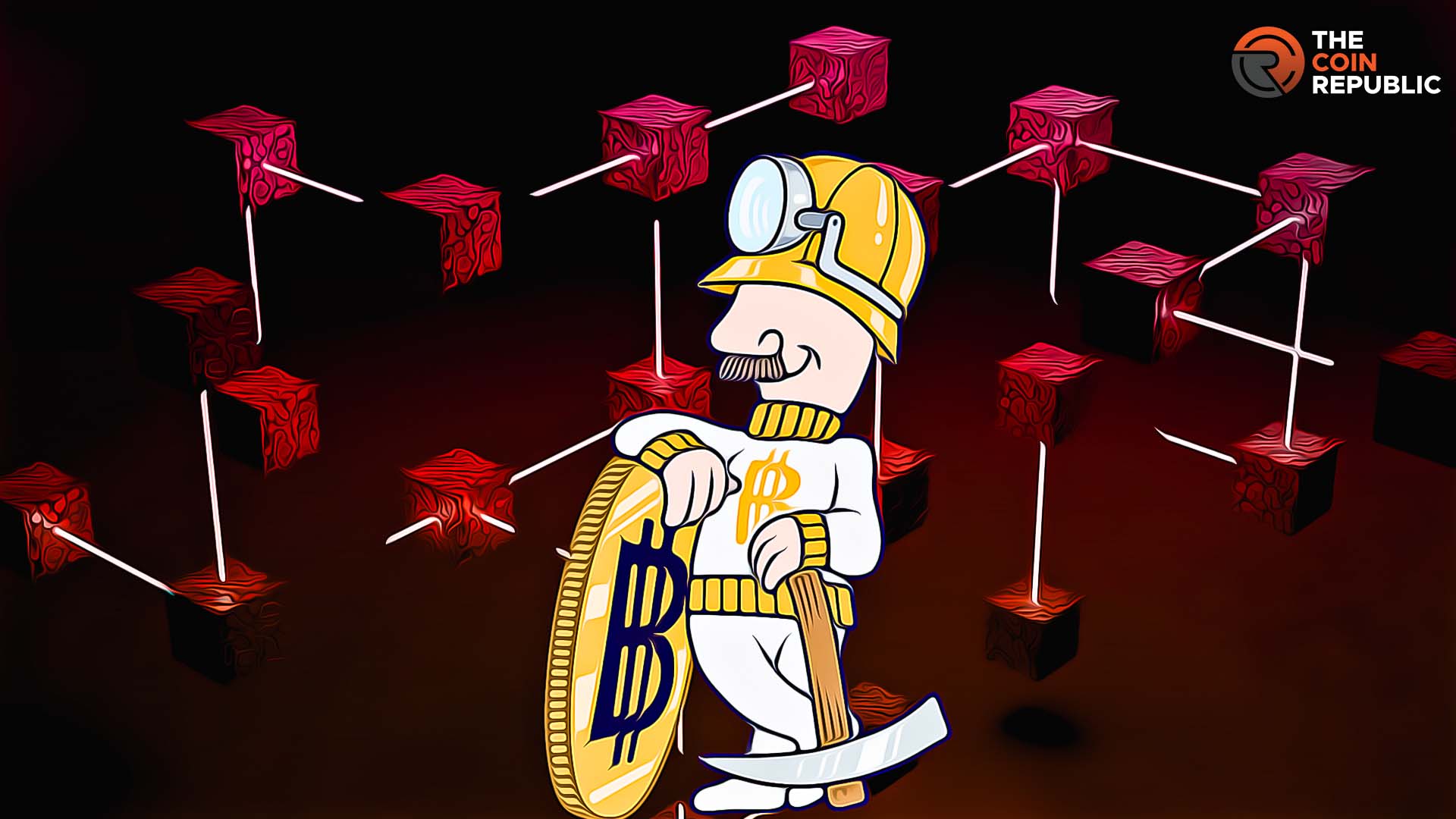Ripple CBDC Head makes the case for blockchain-based money
[gpt3]rewrite
Innovations that transform the world historically rest on revolutionary, but above all viable, applications.
Benefit is instrumental in adoption, and as money movement is becoming increasingly digitizedcentral bank digital currencies (CBDCs) are a payment instrument that nations around the world increasingly interested in investigating.
“There is clearly an ecosystem building up around CBDCs,” James WallisVP of Central Bank Engagements at Rippletold PYMNTS.
“Truly digital money that is blockchain-based opens up a whole host of new possibilities that just aren’t possible with traditional money,” he said.
But could CBDCs one day be as important to payments as their proponents believe?
“These applications have to be useful,” Wallis explained. “They have to provide value to people or companies, and ease of use is a key theme.”
Adding to the ease of use is the fact that today’s digital economy, ironically, rests primarily on a payment architecture that was created decades ago and was designed to support the settlement and transaction needs of fiat currency or physical money.
These older systems need a renewal to support new expectations around immediate settlement and settlement, security and ease of use.
Read more: Cash usage and crypto-fear are driving countries to turn to CBDCs
Financial infrastructure of the 21st century
Wallis says CBDC is a “pretty important” topic for Ripple, and he sees them as a “platform for innovation.”
Wallis said it will be a seamless user experience combined with the real utility of actually using CBDCs to pay for retail goods, bills, utilities, etc. that will drive the pace of innovation, and key to its adoption.
“Without exception, every project we’re involved in has cross-border payments as one of the key themes they want to improve – whether it’s money transfers or trade flows,” he said.
Another area being investigated by more than 90 nations around the world is the viability of technical interoperability.
“When you think about the new world of DeFi [decentralized finance] and the innovation taking place around digital payments of all different kinds, the technology has to work. Users need to be able to take an asset from one chain to another,” noted Wallis.
Crucial to making this idea of interoperability a reality, he added, is “collaboration with the private sector.”
“We are looking at the coexistence of a CBDC with other forms of digital payments, including stablecoins and cryptos, as well as with lending protocols and the possibility of leveraging some of the DeFi aspects of [digital money]Wallis said.
He emphasized that commercial banks “will be central” to the CBDC landscape, not least due to interbank settlements using CBDCs.
Separately, Wallis believes that the digital wallets that end users will have to use CBDCs will “come from financial services providers … a lot of them are realizing that and starting to lean in and become part of the conversation.”
See also: Ripple to help Montenegro launch CBDC
“Over 90% of countries have something going on in the CBDC space, and while there are different motivations, one of the core is payment efficiency. And for that to be a reality, CBDC needs to be able to interoperate with what exists in day – people need to be able to go and buy coffee, pay for a good or a service, Wallis said.
Therefore Ripple held its first CBDC Innovate™ Challenge in 2022 aimed at corporate and individual developers, and designed to examine the real-world use cases of CBDCs across a variety of payment occasions, from large to small, global to local. This year, applicants are invited to submit a CBDC application of their choice.
The 2023 challenge has just started and is now open for registration at https://ripplecbdc.devpost.com/.
“It’s not just about the central bank or the commercial bank, it’s about any application that could be useful in the future,” Wallis said. “We want to encourage developers to create applications that can be turned into commercial applications for central banks and commercial banks to enable business efficiency.”
What makes CBDCs successful?
While user experience is “critical,” Wallis explained that when thinking about what makes a CBDC successful or not, it comes down to three elements.
“One is obviously the political side and the rules and roadblocks established by the central bank and governments. The other is the technology, which has to do what it says [it will do] and provide the platform. The third is usability – CBDC’s applications must benefit people, companies and countries,” said Wallis.
He added that when working with Montenegro to launch the country’s own CBDC or stablecoin, Ripple was able to rely on a new full stack solution called Ripple CBDC Platform which is designed to provide central banks and commercial banks with “everything they need to manage and issue CBDCs.”
Ripple has a “vision called the Internet of Value”, where money movement becomes as easy and intuitive as sending an email or retrieving data from the internet.
An exciting part of realizing that vision, says Wallis, is a new CBDC project Ripple is working on in Hong Kong sponsored by the Hong Kong Monetary Authority.
“The use case [for the project] is around tokenized real estate and it also has a DeFi lending protocol. All the different elements of Web3 are coming together, you have digital currency with CBDC and you have the ability to tokenize real estate and take out loans against it through a DeFi protocol,” Wallis said.
He emphasized that innovative applications like this are what he means when he describes CBDCs as “a platform for innovation.”
[gpt3]


